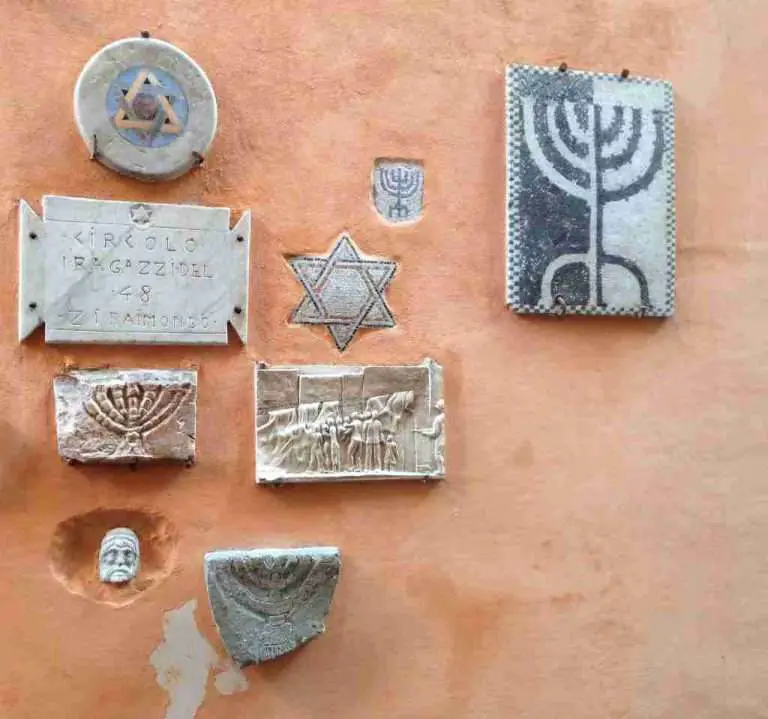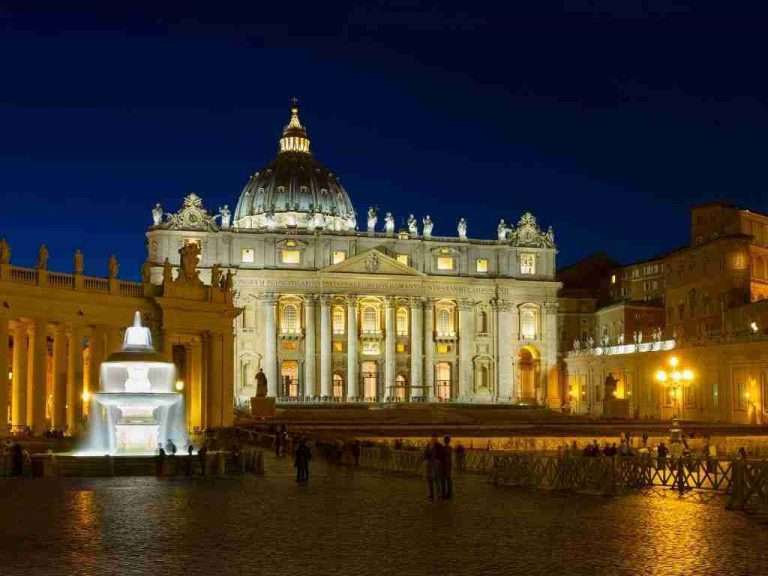
As you approach the town of San Leo in Emilia-Romagna, its role as an impenetrable, menacing fortress town comes into view. San Leo’s massive stone fortress, which also served as a palace and prison, was designed by Sienese architect and military engineer Francesco di Giorgio Martini, whose early Renaissance fortifications dot the landscape of this area of central-eastern Italy known as Montefeltro.


While the San Leo fortress was used by various powerful families (Malatesta, della Rovere, Sforza) to oversee and protect their landholdings, it is probably best known as the prison where Count Cagliostro lived out his final days as well as the site of a gruesome torture chamber.






San Leo’s torture chamber looks like the haunted house version of what a torture chamber looks like. It may in fact be the model for what we think of as a torture chamber.
There’s a stone slab with arm and ankle cuffs where prisoners were held down; a skull crusher; executioners’ axes and saws; and a torture chair dotted with metal spikes, including ones in the pattern of the cross.
This place was a papal prison for a while. So those cross-shaped spikes served to remind prisoners who was in charge. Should those who were tortured on the chair have made it out of the fortress alive, a cross-shaped scar would have also reminded others what was in store for them were they to speak out against the church or commit a crime.

San Leo is peaceful today—its fortress is a museum. In fact, San Leo wasn’t torturous at all, save for several steep climbs. While San Leo has less caché than nearby micro-state San Marino, it is worth a visit for its sweeping views of the Marecchia Valley, its medieval churches, and its tidy, schlock-free center.
If you go, I highly recommend a morning visit with lunch at Il Bettolino.
Last updated on May 17th, 2023Post first published on October 30, 2015






